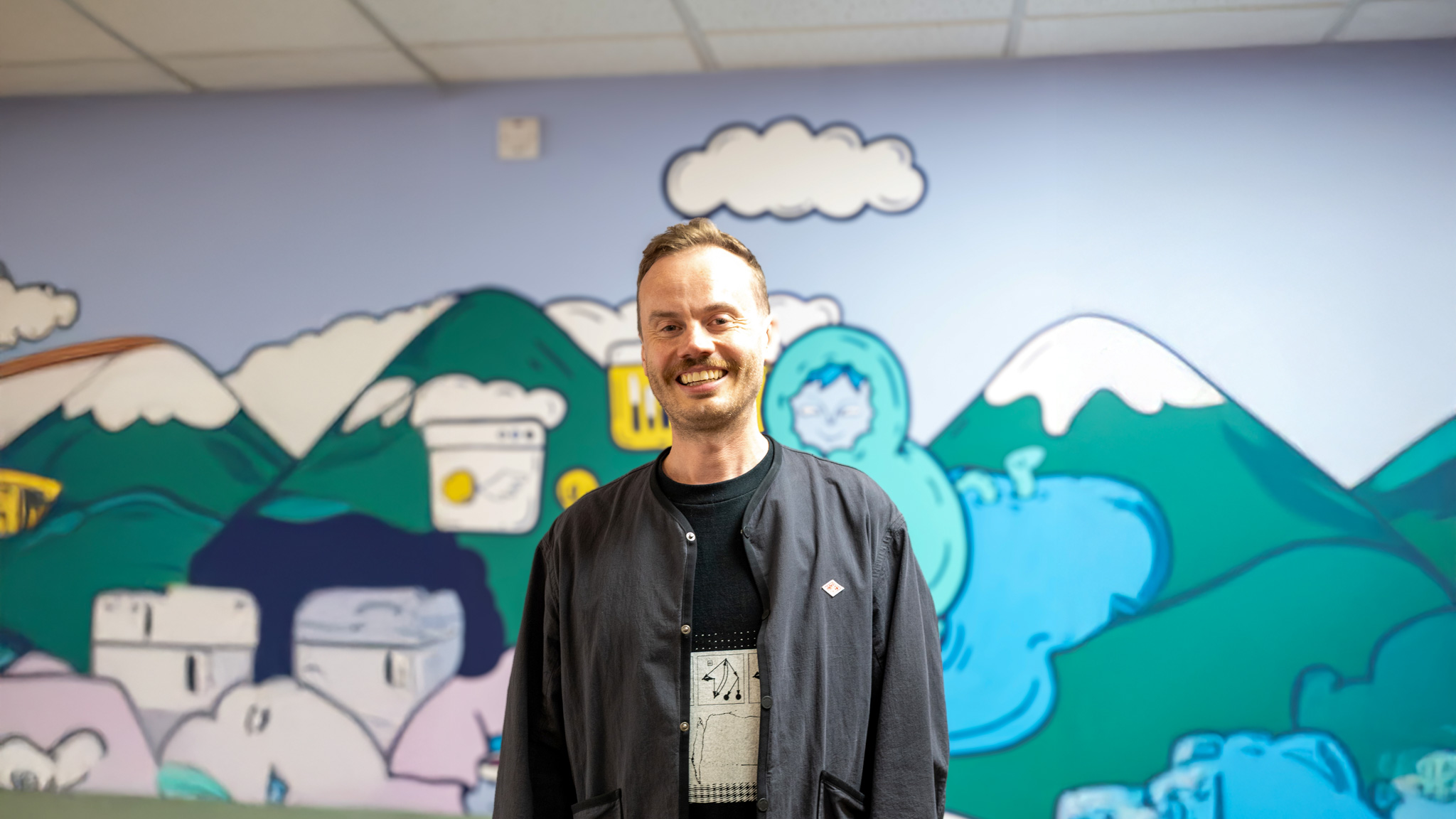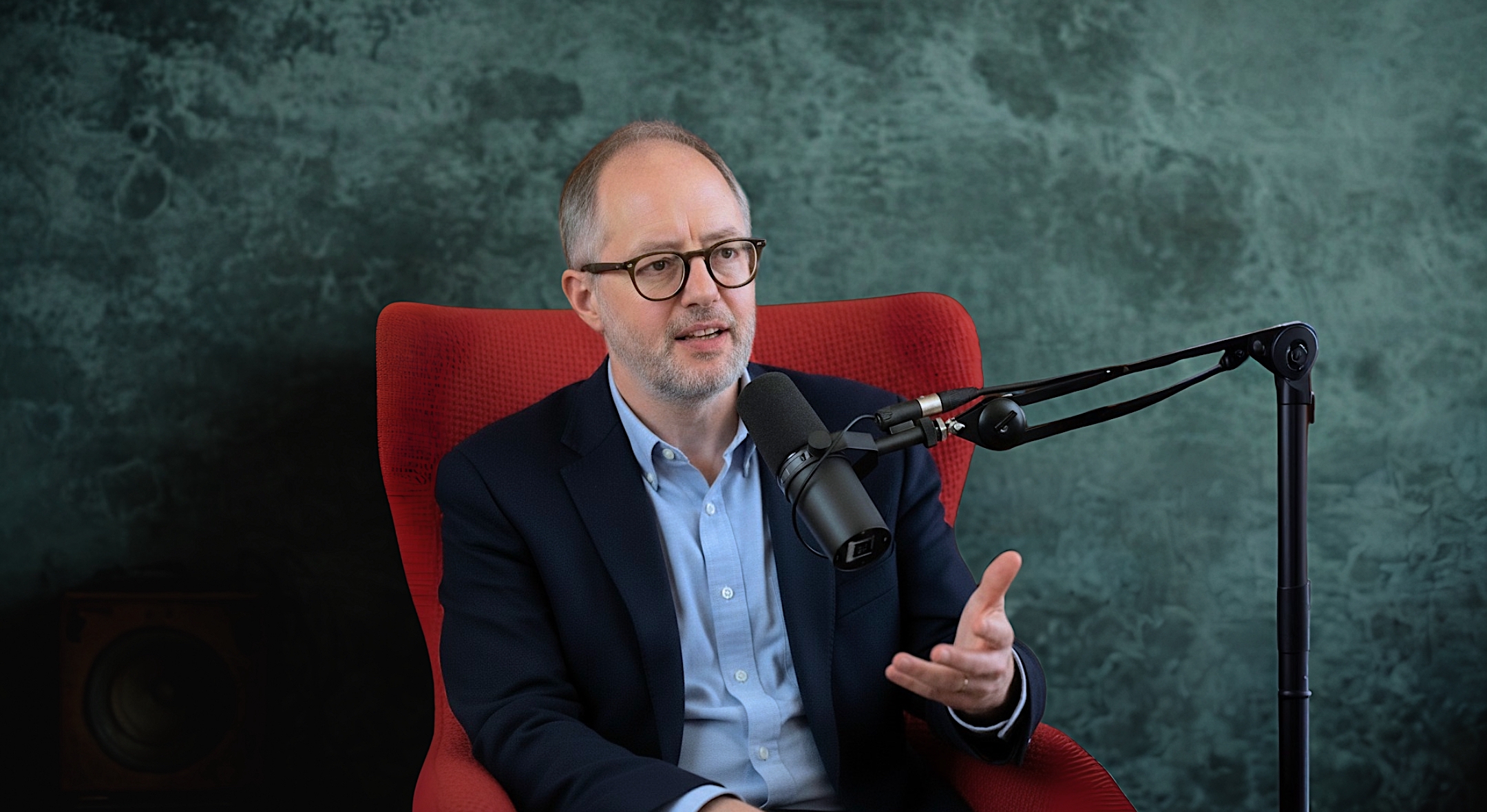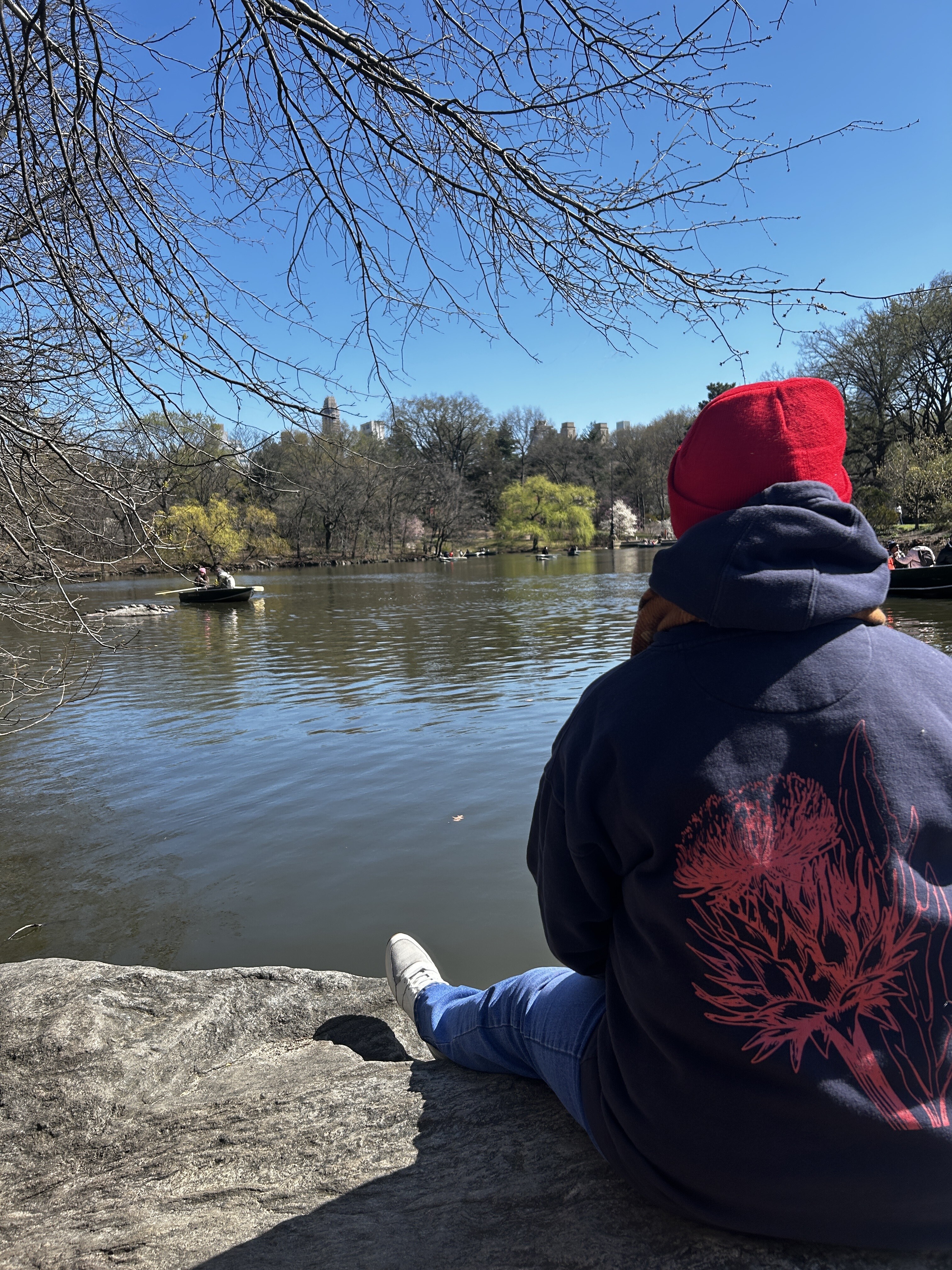Most fundraising advice suggests you need a technical co-founder from day one, a perfect pitch deck, and to avoid showing weakness to investors. Olivia Parkes ignored all of that and raised £660K (oversubscribed twice) for Persi, her B2B personalisation tool for fashion retail.
Her journey involved getting rejected by the same investor two times, turning LinkedIn transparency into £440K of investment, and searching for the right CTO before realising she needed something completely different.
The Rejection-to-Investment Pipeline
Olivia was rejected by Haatch, her eventual lead investor, two times across different iterations of the business. B2C when they wanted B2B. Product not ready. Wrong SEIS structure.
At this point, most founders would move on. Olivia started again, fixed the SEIS structure, ran a manual MVP styling clothes until midnight for two months, and sent Hatch monthly updates: "I'm going to do this." Then at month's end: "I've done it. Now I'm going to do this."
Six months of execution updates later, they led her round.
"At this stage of investment, the risk they are taking is not on the idea, it's on the founders," she explains. "If you can reduce that risk by showing those attributes—resilience, determination, sometimes stupidity—that tenacity."
The £440K LinkedIn Strategy
Of the £660K Olivia raised, £440K came directly from LinkedIn connections. Not through paid ads—through consistent, honest posting about the messy reality of building a business.
She posted about pivots, challenges, doubts about being a responsible parent while not earning. The transparency created emotional investment before anyone wrote a check.
When she ringfenced £50K specifically for female angels, she posted once on LinkedIn. Within a day: 10 meetings booked. By day two: £176K pledged for that £50K allocation.
One recruiter who'd been watching Olivia's journey initially connected just to help with introductions. After the call, she went home, spoke to her husband, and messaged: "I think I want to invest." It was her first angel investment. She's now building her portfolio.
Five of Olivia's angels were first-time investors. They invested partly because they'd watched her journey and partly because she explicitly told them small tickets were welcome and no prior investment experience was required.
The CTO Problem
"You will never fundraise without a CTO co-founder." Olivia heard this repeatedly. She trialled a few. None worked out. The deeply technical ones spoke a language she didn't understand. Others seemed to overcomplicate or inflate costs.
She committed to working with an agency instead—no co-founder equity, no forced relationship.
Then she met Matt at a co-working space. Their mutual friend was supposed to join but went into labour, so it was just them. They chatted. Left it. A month later, they ran into each other again. Matt offered to automate some of her manual styling work—no charge, just to help.
"We started to understand how each other worked," Olivia explains. "By the time I'd closed the raise, we'd been doing this for four months, and I felt ready to make a proposal."
What made Matt different? He translated rather than just building. Olivia still doesn't follow technical details. "Last week I was on a call with the agency, and I was like, I've got no idea what we're talking about." Matt manages her expectations, prioritises ruthlessly, and plays chess between her vision and the agency's execution.
The insight: if you're a non-technical founder, you might not need a CTO. You might need a translator who understands product, customer journey, and can communicate in both technical and business language.
The Manual MVP
Before building any AI, Olivia ran a two-month manual MVP. Customers sent pictures of three wardrobe items. She personally styled complete looks around them until midnight every night.
"My husband despaired of me," she admits. But that manual process taught her exactly what indicators make good style recommendations—the decision framework a personal stylist uses. That became the foundation for Persi's AI.
Only after proving people wanted this service and would pay for it did she approach building the technical solution.
Launching Imperfectly
Persi is launching its six-month pilot in October with a deliberately "de-scoped" product. Olivia is frank about this: "The biggest risk is that we get it out there and it's not the level of accuracy we might want it, or maybe the shopper doesn't want to upload items at all."
They're testing with three retailers during peak shopping season specifically to understand how Persi performs across different consumer behaviours. The pilot is designed to gather data for next year's wider rollout.
"Until we actually get out there, we don't know." The goal is learning speed, not perfection.
How Techscaler Mentorship Helped
Olivia credits Julie Grieve, her Techscaler mentor, with holding her through the hardest decisions. They've only met once in person but have had monthly calls for 18 months.
What made it work? Julie adjusted her approach based on what Olivia needed. Sometimes encouragement. Other times directness: "Liv, it's really hard. That's all I'm going to say."
When Olivia was stuck dwelling on challenges from her previous business, and facing scary realities about potentially not getting SEIS approval, Julie was straightforward: "The reality is this might not work, but if you don't try, you're never going to know. Let's just focus on what you need to do."
The Breaking Point
Olivia speaks openly about reaching her lowest point: tears, questioning whether she was being irresponsible as a mother by not earning, wondering if it was time to quit.
She'd given herself multiple deadlines to stop. Each time, something happened that showed her she wasn't quite ready to give up—because she believed in the purpose.
"When you get to the point that it feels really uncomfortable and painful... it was then that it worked," she reflects. "If you can push through that, that is really what makes a founder a founder."
The point where it feels most impossible is often exactly where most people quit. Right before the breakthrough.
What Pre-Revenue Investors Actually Back
One angel syndicate member told Olivia he doesn't typically invest at her stage—pre-revenue, pre-launch, only validation from a manual MVP. He listed several reasons he'd normally say no.
After a longer conversation over coffee, he invested anyway. "I've gone against everything I said I wouldn't do to invest in you."
That's pre-revenue investing. Investors evaluate: "If this doesn't work, will this founder figure out what will work?" Olivia's answer was demonstrated through pivots, closing a business to fix structural issues, manual MVPs, and consistent execution updates.
She didn't tell investors she was resilient. She showed them.
Learnings for Non-Technical Founders
- Your job isn't to understand technical implementation. It's to understand the problem clearly enough to communicate it to people who can build solutions.
- Don't force business relationships because investors say you need them. Wait for someone who works with your communication style and can translate between vision and technical reality.
- Manual MVPs aren't a waste of time when building tech. They clarify what problem the tech needs to solve.
- Transparency about what you don't know builds trust with the right people.
- The market rewards learning speed, not perfect products. Launch de-scoped if necessary.
Final Thoughts
Perhaps the most valuable insight from Olivia's journey is this: the path to success is rarely linear, rejection is often redirection, and the qualities that get you funded—resilience, transparency, adaptability—are the same qualities that will help you build a lasting business.
As Persi launches its pilot this October, Olivia isn't claiming to have all the answers. She's honest about the risks, realistic about the challenges, and clear-eyed about what might not work.
Keep an eye out for the next Ideas to Impact Podcast episode featuring Olivia coming soon, and follow her journey on Instagram @your_persi or visit yourpersi.com.













